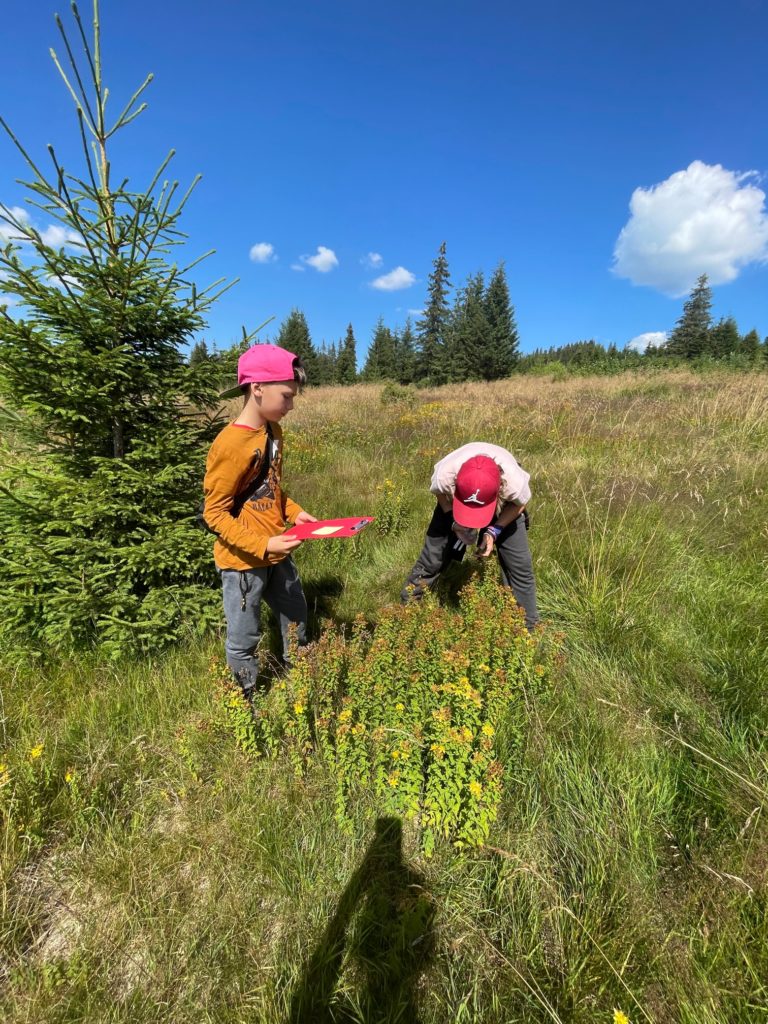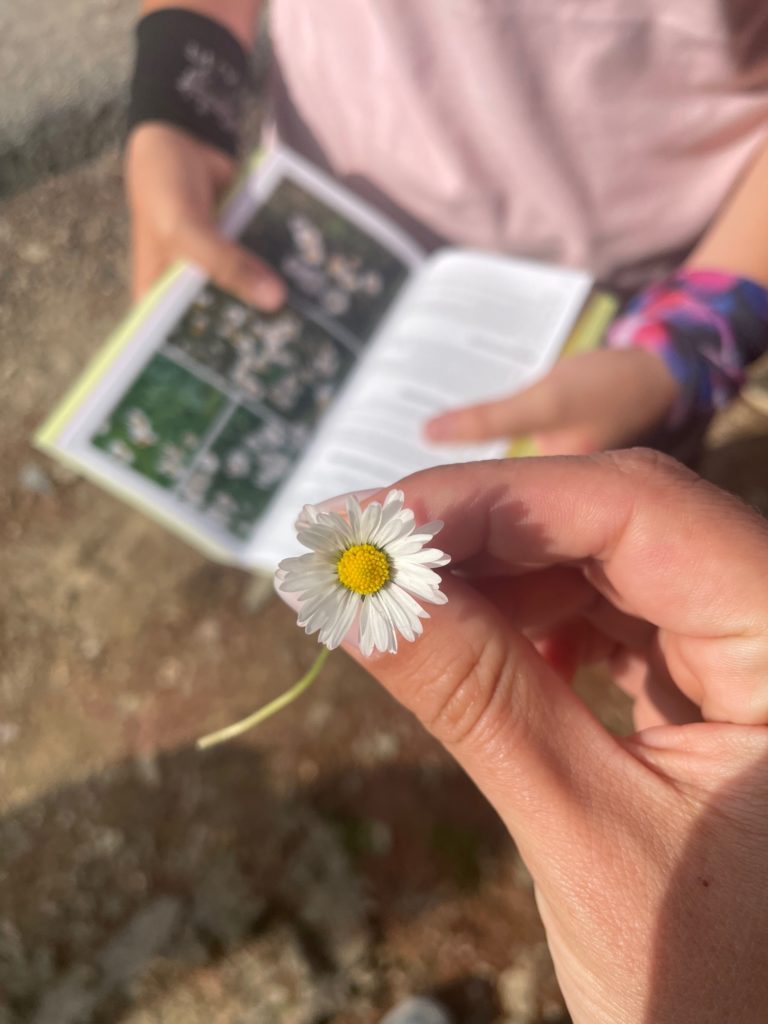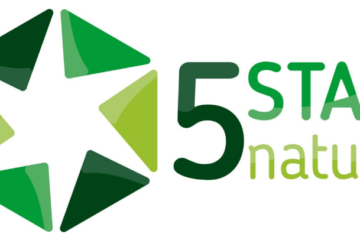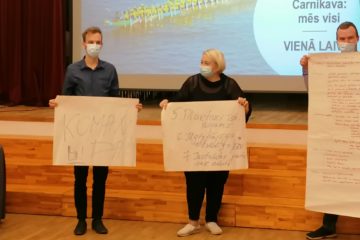SilviCultural Museum
Project n°12
INTRODUCTION
The Silvicultural Museum project adds significant value to the LEADER initiative by improving governance through collaboration and the exchange of best practices, enhancing social capital by engaging local communities in heritage conservation and tourism, and achieving better results in heritage conservation and tourism compared to regular projects due to the holistic and integrated LEADER approach. The project addresses local communities, tourists, and educational groups, covering several geographical areas in Romania.
PRESENTATION OF THE PROJECT
The Silvicultural Museum project focuses on rural tourism and aims to increase awareness, responsibility, and appreciation of the cultural, aesthetic, and economic values of the local natural heritage. By promoting these elements, the project seeks to reconnect local communities with their cultural values while stimulating tourism.
The partnership for the Silvicultural Museum project includes diverse and complementary LAGs from different regions of Romania, each bringing unique natural and cultural heritage.
- The Association LAG Dealurile Tîrnavelor aims to conserve and leverage the main competitive advantages of the territory, such as natural heritage, including traditional rural and cultural landscapes. Forests and natural resources have essential aesthetic and cultural value for preserving the community’s cultural identity, contributing to tourism potential.
- LAG Lider Cluj aims to combat rural poverty, stimulate economic development, and conserve rural heritage. This LAG’s territory includes a natural park, several Natura 2000 sites, and protected natural areas. The cooperation project adds value through actions to conserve and leverage the natural heritage.
- LAG Tinutul Zimbrilor focuses on biodiversity conservation and natural heritage, with the need for cooperation actions highlighted in the local development strategy.
- LAG Prietenia Mureș-Harghita emphasizes the importance of unexploited natural heritage, with numerous Natura 2000 sites and natural reserves.
As results, the virtual application MuzeuSilviCULTURAL was developed to showcase selected trails from four regions, each featuring GPS coordinates, photos, videos, 360-degree images, technical descriptions, and the story behind each trail, all designed to attract and guide tourists. Additionally, two nature camp were held in 2 of the 4 partners territory, with participation of children across the four partner LAGs. During these camps, daily activities such as hikes, presentations, and games were organized to raise awareness of the value of local natural heritage.
The “SilviCULTURAL Challenges” activity encourages tourists to collect custom stamps from various LAG territories in a special passport, earning rewards like badges and stickers for completing certain objectives. The project also included training local guides focused on flora and fauna, participating in a thematic workshop on utilizing natural resources, organizing a forestation event, and finally, hosting a promotional caravan where each partner presented their project’s results.
PRINCIPAL OBJECTIVES
1. Increasing the level of awareness, responsibility and appreciation of the communities in the partner LAG territories on the cultural, aesthetic and economic values of the local natural heritage, through the creation of the SilviCULTURAL Museum application
2. Development of capacities to interpret local natural resources, through training and education actions and didactic materials for the benefit of the target group in the partner LAGs, over a period of 21 months.
3. Promotion of the identified natural heritage elements, in order to reconnect local communities with their cultural values and for tourism purposes during the implementation of the project through common advertising materials (prints, audio, video, online) and thematic workshops;
4. Increasing the organizational capacities of the partner LAGs following the implementation of cooperation actions and capitalizing on the cooperation experience of each partner during the 21 months of implementation.
THE ADDED VALUE OF THE PROJECT
The Silvicultural Museum project adds significant value to the LEADER initiative by improving governance through collaboration and the exchange of best practices, enhancing social capital by engaging local communities in heritage conservation and tourism, and achieving better results in heritage conservation and tourism compared to regular projects due to the holistic and integrated LEADER approach.
The project addresses local communities, tourists, and educational groups, covering several geographical areas in Romania and potentially other regions in the EU through transnational cooperation.
The project aligns with LEADER principles by promoting rural development, local heritage, and stimulating economic activities through tourism. It emphasizes community involvement, innovation, and sustainable development. The focus on heritage conservation, community involvement, and local economic support demonstrates the project’s commitment to LEADER objectives.
The sustainability of the Silvicultural Museum project is ensured by focusing on community involvement, education, and leveraging existing natural resources. The international passport and collaborative routes offer a scalable model that can be extended or replicated in other regions. Continued educational activities and local economic involvement ensure long-term viability. The project design includes mechanisms to maintain and extend its impact over time. The project’s added value lies in facilitating the reconnection of communities with local natural resources and promoting the tourism potential of these resources. The project is sustainable through community involvement, continuous education, and leveraging existing natural resources.






